Precision Welding Deformation Control Methods: The Key to Improving Quality and Accuracy
In the field of manufacturing, where extreme precision and reliability are sought, thePrecision weldingThe quality of the welding process is directly related to the success or failure of the product. The unavoidable thermal stress during welding anddeformation controlProblems that are often at the heart of the challenges that plague engineers. These deformations not only affect the dimensional accuracy and assembly performance of the product, but also weaken the structural strength, and even lead to product obsolescence, which brings high costs. In this article, we will analyse several efficient and practicalPrecision welding distortion control methodWe help you take the technological high ground in manufacturing.![图片[1]-Precision Welding Deformation Control Methods: The Key to Improving Quality and Accuracy-Dalian Fuhong Machinery Co., Ltd](https://endlfh.com/wp-content/uploads/2025/07/QQ20250713-201938.png)
I. Optimisation of process parameters: curbing deformation at source
Precise heat input control: The use of lower welding currents and voltages, combined with faster welding speeds, significantly reduces the total heat applied to the weld and the heat affected zone, which is the cornerstone of distortion control. Pulsed welding technology (precise control of peak/base current) is particularly effective in achieving a smaller melt pool and more concentrated heat source.
Welding Sequence and Orientation Strategies: By scientifically planning the welding path, the heat generated is distributed more evenly to counteract localised stresses. Commonly used techniques include symmetrical welding (advancing from the centre to the sides), segmental desoldering (applying the weld in the reverse direction, segment by segment) and skip welding (spreading out the heat concentration area).
Efficient welding technology applications: High energy density, low heat input processes such as TIG (Tungsten Inert Gas Shielded Welding), laser welding and electron beam welding are ideal for precision welding where distortion can be significantly reduced.
II. Advanced tooling and rigid fixing: external forces constrain deformation
Customised welding fixtures: The design and manufacture of specialised fixtures to rigidly restrain the workpiece during the welding process (especially for thin-walled parts or complex structures) and to effectively resist contraction forces. Care should be taken to ensure that the fixture itself is sufficiently rigid and that the clamping points are well laid out to avoid the creation of new stresses.
Flexible constraints with anti-deformation presets: Based on the prediction of the deformation trend, the workpiece is pre-deformed in the reverse direction before welding (reverse deformation method). Adjustable flexible supports or platens can also be used to apply precise force at critical points to counteract the welding shrinkage effect.
III. Structural design optimisation: prevention is better than cure
Weld placement and joint optimisation: Give preference to symmetrical structural design for a balanced distribution of weld seams. Reduce the number, length and amount of welded seams and molten metal as much as possible. Choose butt joints with less deformation to replace angle joints and lap joints.
Match material to thickness: Under the premise of satisfying the performance, the selection of materials with lower coefficient of thermal expansion or the reasonable matching of the thickness of different parts can help reduce the deformation effect brought about by uneven shrinkage.
IV. Thermal management technology: intelligent regulation of the temperature field![图片[2]-Precision Welding Deformation Control Methods: The Key to Improving Quality and Accuracy-Dalian Fuhong Machinery Co., Ltd](https://endlfh.com/wp-content/uploads/2025/07/QQ20250713-202014-800x672.png)
Preheating and interlayer temperature control: For thick plates or specific materials (e.g. high carbon steel, alloy steel), proper preheating can slow down the cooling rate and reduce residual stresses. Strict control of the interlayer temperature in multi-layer welding is essential.
Assisted cooling technology: Rapid localised cooling with water-cooled copper blocks, compressed air or special coolants on the backside of the weld or in non-welded areas (with care taken to avoid the risk of hardening or cracking) is effective in controlling the extent of thermal distortion.
Distributed heat source method: Simultaneous heating of specific areas in the vicinity of the weld (accompanying heat source) creates a favourable temperature gradient that counteracts the shrinkage stresses caused by the main welding heat source.
V. Post-welding correction: fine repair
Heat-treated stress relieving: Effective reduction of residual stresses and improvement of deformation due to stresses by means of whole or partial annealing and stress relief annealing processes (especially suitable for workpieces with very high requirements for dimensional stability).
Mechanical correction techniques: The use of presses, jacks or special orthopaedic equipment on the deformation of the workpiece cold school or hot school (after heating pressure), applicable to the deformation of a large amount of workpiece but allows a certain amount of plastic deformation.
Vibration aging treatment: Applying mechanical vibration at a specific frequency promotes the homogenisation and release of residual stresses and stabilises the dimensions of the workpiece.
Summary: Integrated application is the key to winning
Precision welding distortion controlBy no means does it rely on a single means for a perfect solution; it requires engineers toAccording to the specific workpiece materials, structural characteristics, precision requirements and production conditions, scientific selection and combination of a variety of methods. From optimised design and process planning prior to welding, to parameter control, thermal management and rigid fixation during welding, to delicate post-welding treatment, every aspect is crucial. Mastering and flexibly applying theseDeformation control methodsYou will be able to significantly improvePrecision weldingThe quality stability, dimensional accuracy and overall reliability of the products win technical advantages in the fierce market competition.
Optimisation tips (for your information):
Keywords are naturally incorporated: The core keywords (precision welding, deformation control, welding distortion, heat input, residual stress, jigs and fixtures, etc.) have been reasonably distributed in the headings, sub-headings and text.
The content is original and valuable: The article provides practical, structured technical knowledge.
The structure is clear: Use headings, subheadings, and lists to enhance readability.
User Intent Matching: The content directly answers the technical needs of users searching for “deformation control methods for precision welding”.
Scalability: In-depth content such as specific cases, comparison of deformation properties of different materials, and application of numerical simulation in deformation prediction can be added subsequently.

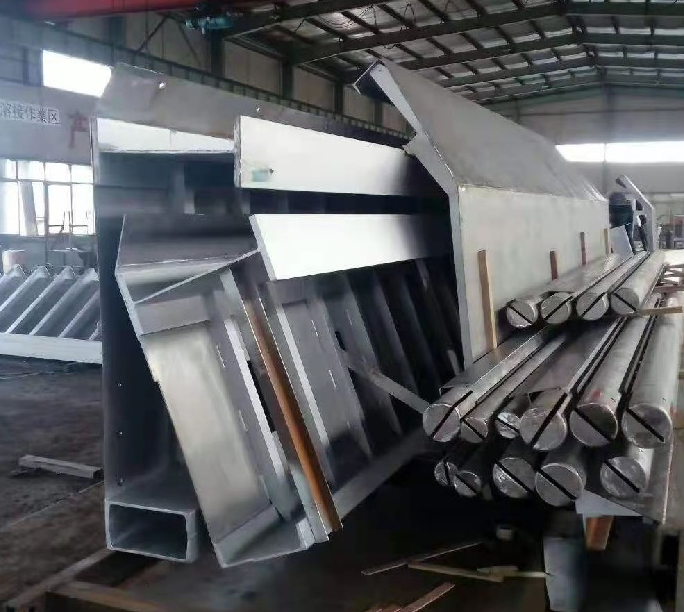


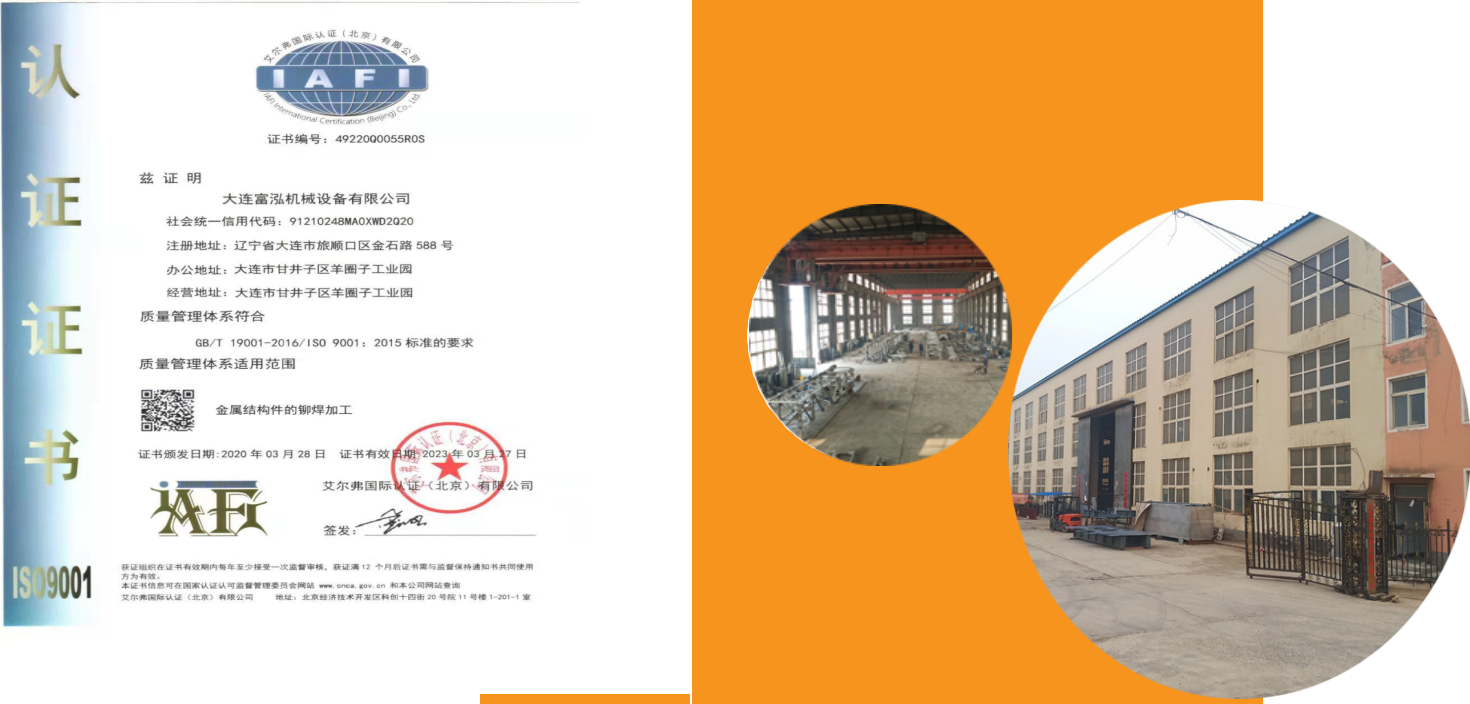
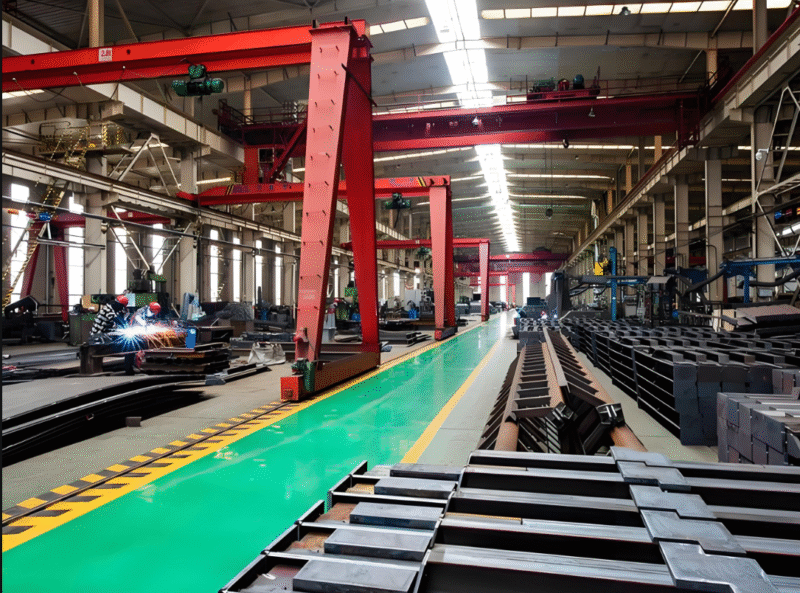


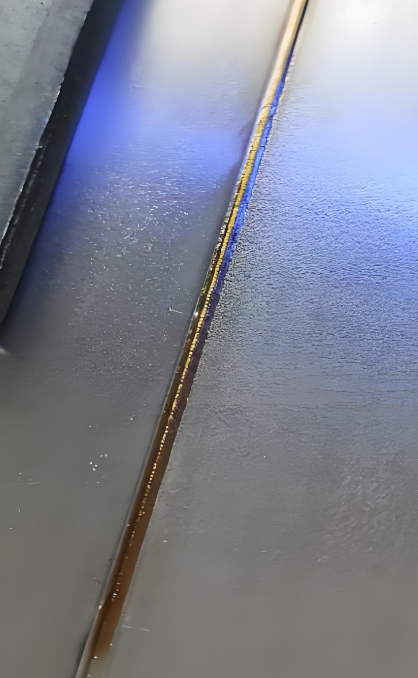
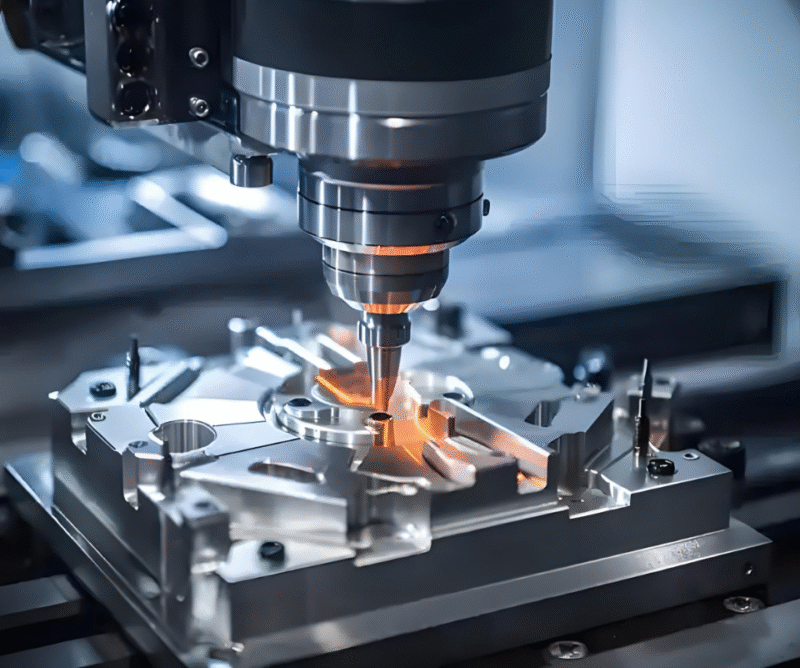
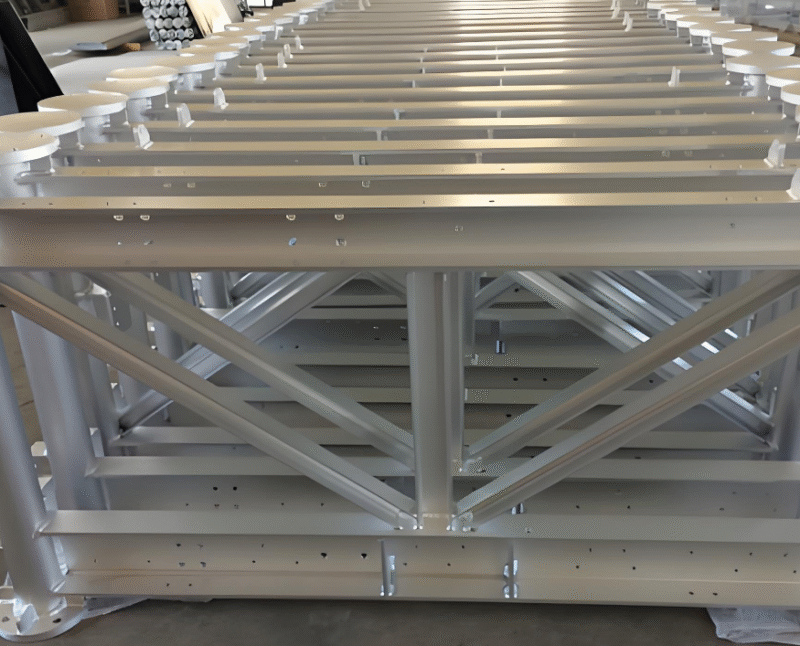
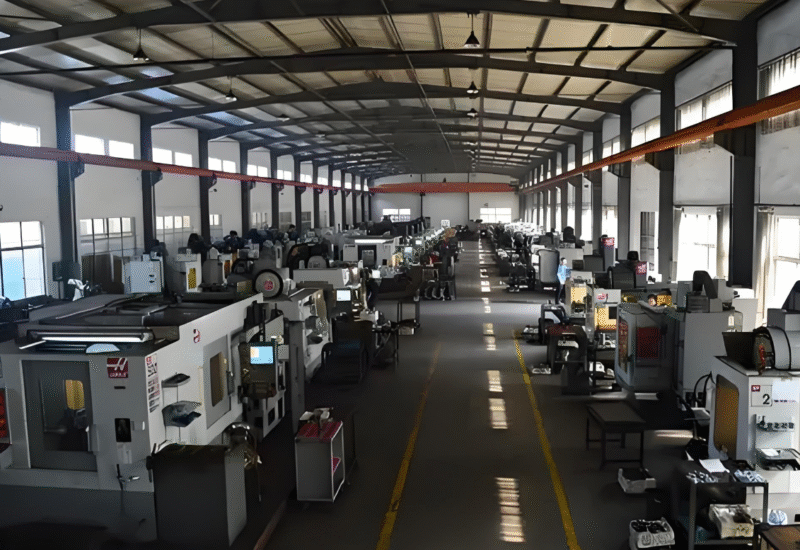

暂无评论内容